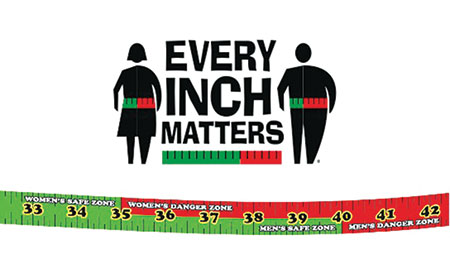Speak With Power Using Different Figures of Speech
Throughout the course of history, there have been many powerful speakers who have stirred up human emotions, inspired swathes of population,
and made compelling arguments on society, economics, and politics through their speeches. These
eminent personalities include U.S. presidents like Abraham Lincoln and JF
Kennedy, civil rights activist Martin Luther King Jr., tech visionary Steve
Jobs, novelist Ayn Rand, and many others. Any important speech that has a
significant ‘call to action’ associated with it, is peppered with various figures
of speech, all tweaked to rhetorical perfection to create maximum impact. These
figures of speech are used commonly by influential speakers and have a high
recall value. For instance,
“Stay hungry, stay foolish”
~ Steve Job, in his Stanford commencement address.
In order to add more color to your speech and increase its impact on the audience, you can play around with words and come up with your own phrases that sound interesting and impactful. There are many figures of speech that can be used for public speaking. However, the following five rhetorical devices have proved to be more effective than others:
In order to add more color to your speech and increase its impact on the audience, you can play around with words and come up with your own phrases that sound interesting and impactful. There are many figures of speech that can be used for public speaking. However, the following five rhetorical devices have proved to be more effective than others:
1. Similes
This is a fairly simple tool that directly compares
characteristics of two unrelated things using ‘as’ or ‘like’. The comparison is
usually quite quirky and interesting, and makes a connection that is easy to
remember.
E.g. He was as cool as a cucumber.
She was as innocent as a lamb.
The twins were as bright as a button.
E.g. He was as cool as a cucumber.
She was as innocent as a lamb.
The twins were as bright as a button.
A good example of this is the famous line from the movie, Forrest
Gump- ‘Life is like a box of chocolates’.
2. Metaphor
This is a figure of speech in which an act or phrase used in
normal life is compared to a real thing. A metaphor is mainly used to stress on
the gravity of the sentence. It has immense engaging power and can enthuse
interest even in the most insipid listener. As Aristotle said- “it is the best
literature tool you can master”
E.g. He had a
heart of gold.
The great white shark’s serrated teeth were like a row of
daggers.
Delhi is a melting pot of cultures
His school was like a prison.
3. Hyperbole
A hyperbole refers to a term in which any situation or thing
is exaggerated to extreme proportions to have the desired effect, but is not
meant to be taken literally.
E.g. I am so
hungry I could eat a horse.
Your sins will not be forgiven even by God himself.
I have a million things to do before I sleep.
The new purse cost me a gazillion dollars.
4. Personification
A favorite among poets and fiction writers, personification
is a figure of speech where human-like attributes are given to animals,
inanimate objects and ideas. You can easily mold any phrase or term to create
your personification.
E.g. The traffic
crawled to a halt.
The wave of
hatred in the country threatened to devour all humans.
The icy cold
winds lashed out at the people like a frigid whip.
5. Oxymoron
This rhetorical device uses two contradictory or incongruous
words together, with the result of having a weird but engaging effect on
readers.
E.g. The living dead
E.g. The living dead
Great
Depression
Awfully
delicious
Weirdly normal








Comments
Post a Comment